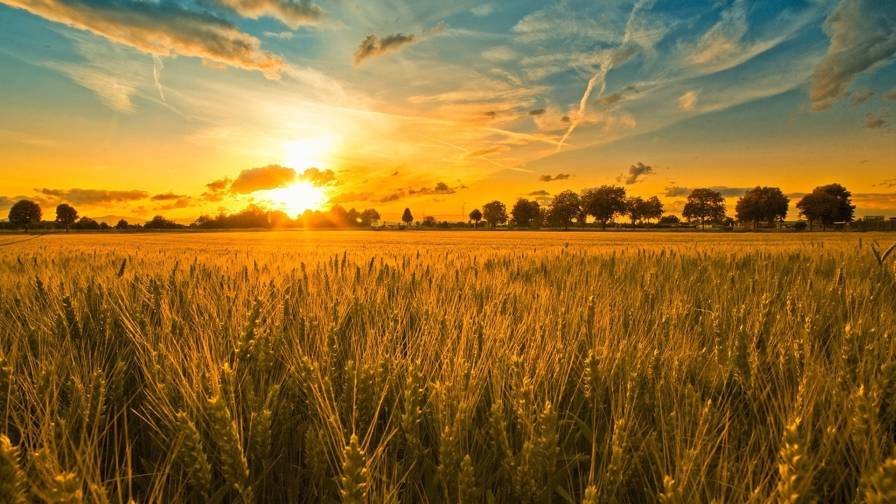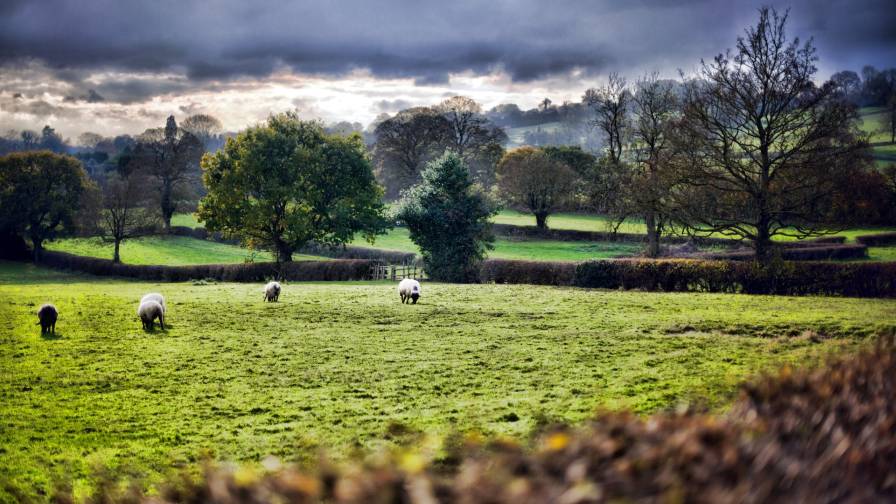Case Study: How Topcon Helped Agriculture Specialist Cerfontaine Improve Yield
Cerfontaine is a Dutch, mixed agriculture company. A family-owned business, it employs over 70 people in Berg en Terblijt, The Netherlands. The team at Cerfontaine wanted to improve the crop yield by using the latest agriculture technology, and turned to Topcon for reliable and efficient solutions.
Higher Yields Through Precision Farming
Livestock and arable farmers rely on Cerfontaine for the complete care of crops, including maize, cereals, carrots, onions, and grassland. When it comes to managing the process, Cerfontaine considers everything from the tillage of the soil, right through to harvesting. Daniël Cerfontaine, the company’s third-generation director, was looking to do all of this as precisely and efficiently as possible.
To start, the Dutch agriculture company equipped its slurry injector with one of the latest Topcon consoles, the X35, and the AGI-4 receiver/controller in combination with the CL-55 telematics module. It also equipped its harvester and combine with X25 consoles, the CL-10 module and Yieldtrakk, in conjunction with the Topcon yield measurement system, to ensure a complete technology transformation.
When applying plant protection products, this meant Cerfontaine was able to use the Topcon technology to spray selectively over the land, meaning the amount of product required is reduced, helping to increase sustainability in the farming processes.
MORE BY GLOBAL AG TECH INITIATIVE
AgriBusiness Global Announces 2024 Event Line-Up: Connecting Crop Input Leaders Worldwide
Ground Breaking Podcast Episode #4: Reinventing the Wheelbarrow: Technology to Support Growing Produce in a Changing Business Landscape
Improving Through Data

The team at Cerfontaine wanted to improve the crop yield by using the latest agriculture technology, and turned to Topcon for reliable and efficient solutions.
Cerfontaine combined these systems with the Topcon Agriculture Platform (TAP) to collect and evaluate field and machine data. This meant that the team was able to make decisions using the insights — optimizing outputs for greater profitability. Thanks to TAP, the team knows the required amounts of slurry, artificial fertilizer, pesticides and crop protective agents, even before they drive onto the field. This then helps to limit their use, ensuring that just the right amount is used. The plot boundaries and task cards are available in advance too, allowing the drivers to perform their work more accurately and making the processes less tedious and tiring.
Optimizing the Yield Map
Another challenge that Topcon and Cerfontaine took on was the measuring of onion yield, something which has previously been an issue industry-wide. Cerfontaine needed to know how many onions are in a field, in order to gauge how many tons they will need to export. Additionally, the team also looked to use all the gathered data for further optimizations to help with achieving a higher yield across the board.
A yield meter was installed on the harvester, which measures the yield with weighing bars, while another sensor monitors the running speed of the belt on which the onions lie. Combined with the GPS position, this data is used to create the yield map.
Tim van der Leck, account manager for precision agriculture at Topcon, said: “Vervaet is an important Dutch manufacturer of manure injectors and other agricultural machines, and this is the first time that we have equipped one of its machines with our automatic guidance system. It now collects data on the quantities of slurry actually delivered, plus the driving speeds, direction, height and application rate, and sends them to the Topcon Agriculture Platform (TAP), to which Cerfontaine has access. This offers the company essential information to make informed decisions, and improve productivity, accuracy and efficiency across its operations.”
Daniel Cerfontaine was delighted with the experience: “We use TAP because it allows us to inform our customers in real time about how the work was done and how much slurry ended up where. It also enables us to measure the field exactly. Altogether, this means we can work more accurately and, in this case, we can determine the slurry quantities in advance.”
Daniel concluded, “In the future, with all the field and machine data we collect, we hope to gain even more insights, and be able to make even better decisions.”








